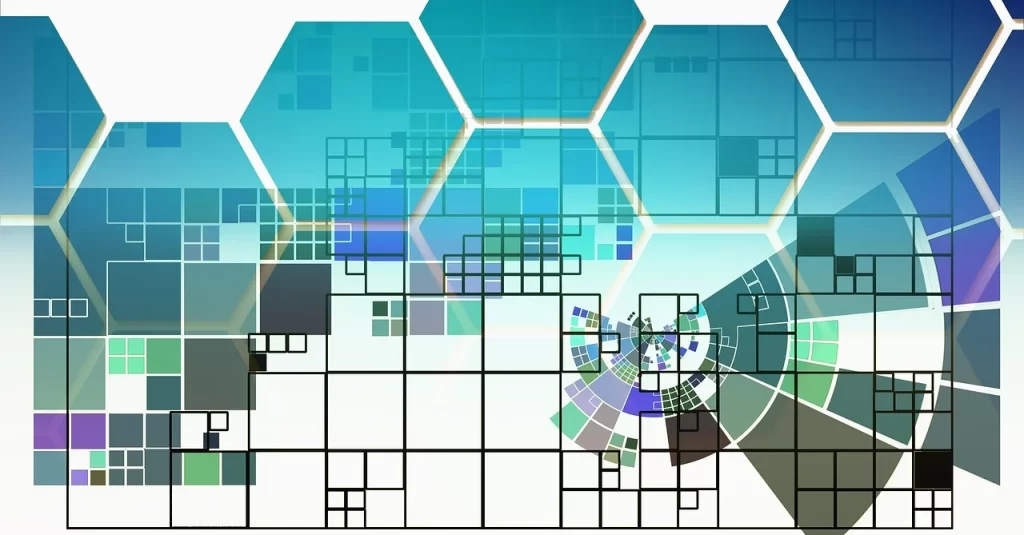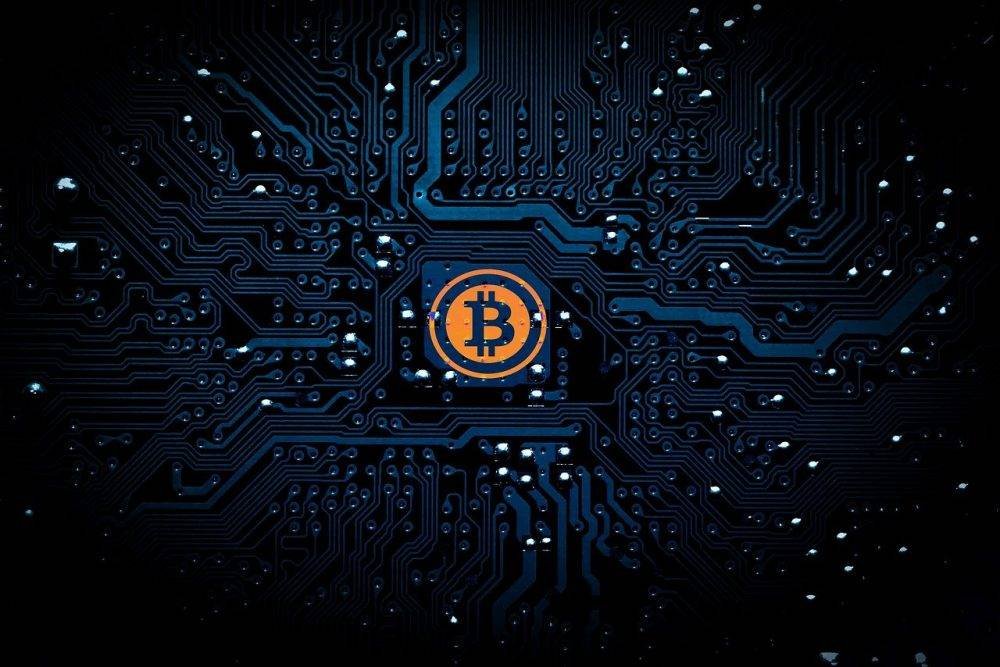People all around the world are now interested in the topic of blockchain software development and its applications as a result of cryptocurrencies’ rising popularity. Currently, the term “blockchain” is used to refer to all cryptocurrencies created using the technology. Applications for decentralized protocols have already greatly developed in terms of their potential and breadth.
What is Blockchain?
The Bitcoin blockchain is a global distributed ledger comprising information blocks linked consecutively in a chain. Each of the blocks holds details regarding the ones that came before it. Block data is replicated and stored on different Bitcoin mining nodes without being tied to a single server, rendering record replacement difficult.
The movement of data via the dispersed collection of nodes is governed by a permanently locked set of regulations, or “Protocols.”
Blockchain in Sustainable Development
Blockchain has had a significant influence on the security industry, driving companies to hire Blockchain developers for their smart project work. While doing this, they continue to put an emphasis on environmentally friendly practices.
By establishing new funding platforms, blockchain technology might unleash new sources of money and mobilize current sector agreements to reduce carbon emissions. A clear goal is to reduce the cost of financing for infrastructure projects while also improving the availability, honesty, and accessibility of credit.
With a goal date of 2030, the SDGs are a collection of 17 global objectives centered on sustainable development concerns such as poverty, equality, education, climate change, infrastructure, land and water, and production/consumption.
The United Nations Sustainable Development Goals (SDGs) are gaining traction as an organizational framework for many global asset owners, particularly those seeking a themed investing strategy.
According to a poll done by Morgan Stanley’s investment banking firm, 78% of the owners of assets that incorporate or explore environmentally friendly investments are also contemplating at least one connection with the SDGs as part of their approach to investing. The SDGs provide a framework for thinking about and seeking effect in the context of thematic investment.
As a result of its 2015 General Assembly session, the United Nations stated a set of strategic goals carefully selected due to their worldwide significance and immediate effect on the human race’s future. Of these goals, referred to as the Sustainable Development Objectives (SDGs), are the following: finishing destitution in every aspect of life around the globe; ending malnutrition, achieving adequate food supplies and better nutrition, and promoting environmentally friendly farming; promoting equitable, inclusive, and feasible growth in the economy, full and productive employment, and decent employment for all.
These goals have been incorporated into the so-called 2030 Agenda, which is designed to carry out the tasks required to attain these goals by 2030. The International Telecommunications Union (ITU), the UN’s Agency in charge of the advancement of communication and information technology, has been studying the potential of Blockchain in accomplishing the SDGs.
As a consequence, for this study, it was identified that achieving the SDGs requires proper financing as well as oversight of the measures that need to be executed, and that, as a result, the use of Blockchain technology as a tool identical to current structures can help by minimizing the development of obstructions, delays, and speeding up the availability of funds through reducing disputes in the move.
What is the significance of blockchain, and why does it matter?
Blockchain technology’s fast development shows no indication of halting. Many seemingly implausible things have turned out to be incorrect throughout the last few decades, such as exorbitant transaction costs, double spending, net fraud, recovering lost data, and so on. All of this, however, may now be prevented because of Blockchain Technology.
How does Blockchain support the achievement of the SDGs?
Blockchain can help with the SDGs in a variety of ways:
- Offering a layer of traceability and global transparency to all players, roles, and contributors in general, which intrinsically encourages behavior and accountable resource usage of all types.
- Delivering resilience and safety precautions limits any form of unilateral manipulation that may affect other people.
- Assuring the observation of activities via the execution of smart contracts, which validate the events taking place inside the blockchain.
Blockchain-Enabled Transparency: Unveiling Supply Chain Footprints:
One of the most challenging jobs in sustainable development is ensuring transparency and traceability throughout complex supply chains. Blockchain technology can aid in this effort by establishing transparent and immutable records of every transaction and interaction in a supply chain. By recording and authenticating the origin, movement, and validity of things, blockchain-based systems can assist in uncovering the supply chain’s footprints and ensure ethical sourcing, fair trade, and responsible industrial practices.
Blockchain-enabled integrity is a concept that employs blockchain technology in order to provide insight into supply chain footprints. The supply chain is an interconnected system of organizations, assets, activities, and technology involved in manufacturing and distributing goods and services to end consumers.
Despite its possible advantages, integrating blockchain-enabled transparency in supply chains is fraught with difficulties. These involve integrating technology, data standardization, scaling, concerns about confidentiality, and involvement of stakeholders. Furthermore, while blockchain can improve openness within a certain chain of custody, it does not ensure the integrity or dependability of information submitted into the system.
However, using blockchain technology to reveal supply chain footprints has enormous potential for building more open, efficient, and responsible supply chains that benefit businesses, customers, and society.
Decentralized Renewable Energy Trading: Empowering Local Communities:
The move to renewable energy sources is a critical step towards a more environmentally friendly future. By establishing a peer-to-peer energy marketplace, blockchain technology can permit the decentralized exchange of renewable energy. Individuals and groups may purchase, sell, and trade renewable energy directly using smart contracts and digital tokens, avoiding traditional energy brokers. This not only enables local populations to create and use clean energy, but it also encourages the expansion of renewable energy infrastructure.
Decentralized clean energy trade is an innovative concept that empowers local communities by allowing them to take part in production and delivery. It enables individuals and organizations to generate power from renewable energies such as solar panels or wind turbines and sell any extra energy back to the grid or directly to other local energy market players.
Decentralized green energy trade generally strengthens local communities by providing them control over their energy production, use, and monetary benefits. It promotes sustainability, resilience, and economic prospects while helping to create an environmentally friendly and more decentralized energy future.
Tokenizing Carbon Credits: Revolutionizing Emissions Offsetting:
Carbon credits are useful for reducing greenhouse gas emissions because they incentivize emission-reduction programs. However, the current carbon credit market is complex and, at times, opaque. Blockchain can help to solve these problems by tokenizing carbon credits and enabling a transparent and accessible economy. By digitizing and validating carbon credits on a blockchain, it becomes easier for organizations and individuals to engage in emissions offsetting and contribute to carbon neutrality goals.
Tokenizing carbon credits is a game-changing concept that uses blockchain technology to create digital tokens that reflect carbon credits, with the goal of revolutionizing emissions offset. Carbon credits are marketable units that indicate a certain quantity of greenhouse gas emissions that have been decreased or eliminated from the environment.
Blockchain and Circular Economy: Enabling Resource Efficiency:
Carbon credits are useful for reducing greenhouse gas emissions because they incentivize emission-reduction programs. However, the current carbon credit market is complex and, at times, opaque. Blockchain can help to solve these problems by tokenizing carbon credits and enabling a transparent and accessible economy. By digitizing and validating carbon credits on a blockchain, it becomes easier for organizations and individuals to engage in emissions offsetting and contribute to carbon neutrality goals.
Tokenizing carbon credits is a game-changing concept that uses blockchain technology to create digital tokens that reflect carbon credits, with the goal of revolutionizing emissions offset. Carbon credits are marketable units that indicate a certain quantity of greenhouse gas emissions that have been decreased or eliminated from the environment.
The circular economy may become more efficient, transparent, and inclusive by incorporating blockchain technology. It allows for the tracking and optimization of resources throughout their lifecycle, encourages sustainable practices, and aids in the formation of collaborative networks for resource sharing and recycling. Finally, blockchain technology could hasten the transition to a more circular and sustainable economy.
Empowering Environmental Conservation: Blockchain for Natural Resource Management:
By improving natural resource management, blockchain technology has the potential to strengthen environmental conservation initiatives. It provides various benefits that can increase conservation sector openness, accountability, and efficiency.
Environmental protection and sustainable development need effective natural resource management. By enabling decentralized databases for data gathering, analysis, and decision-making, the application of blockchain technology can allow the secure and transparent management of natural resources. Monitoring and protecting resources, executing legislation, and encouraging sustainable practices are simpler by storing information about biodiversity, land use, and ecosystem services on a blockchain.
Natural resource management may be revolutionized by using the potential of blockchain technology, resulting in greater conservation outcomes. Blockchain improves sector transparency, traceability, and accountability, promotes community participation, and enables new funding models. Finally, blockchain permits stakeholders to actively participate in environmental conservation, contributing to the protection and sustainable use of our natural resources.


